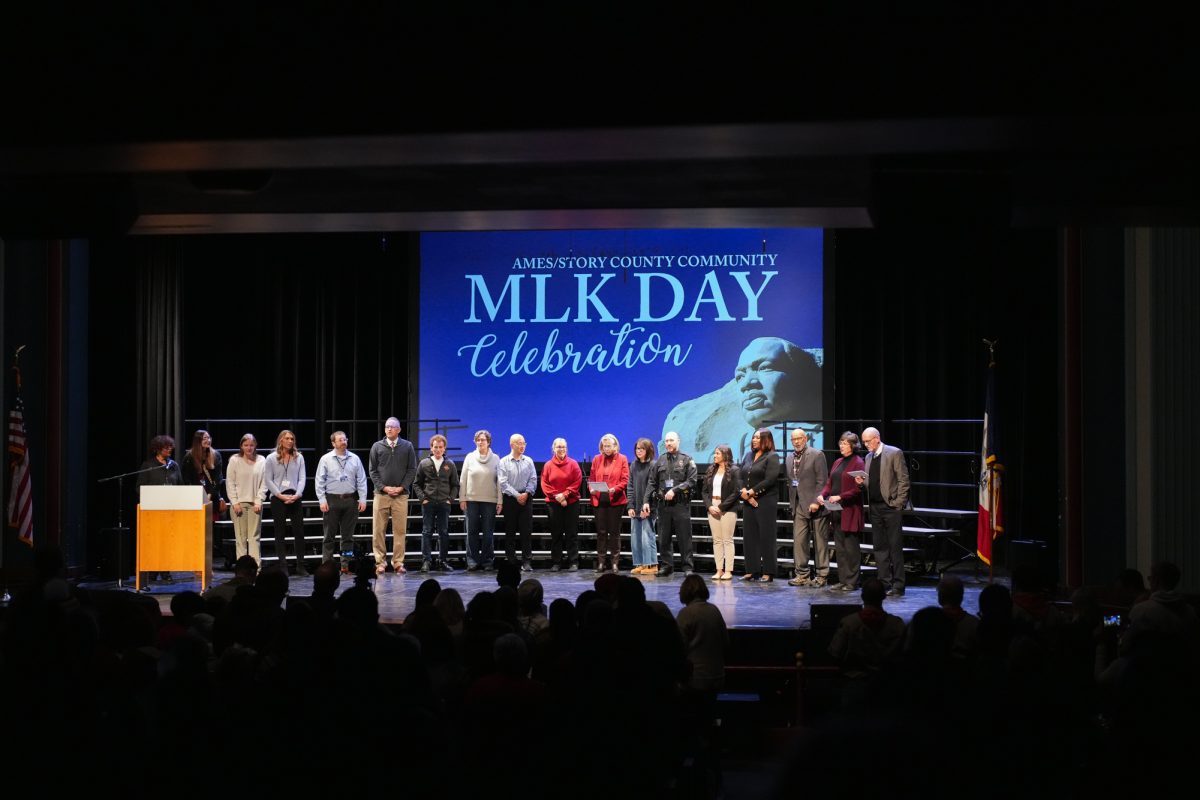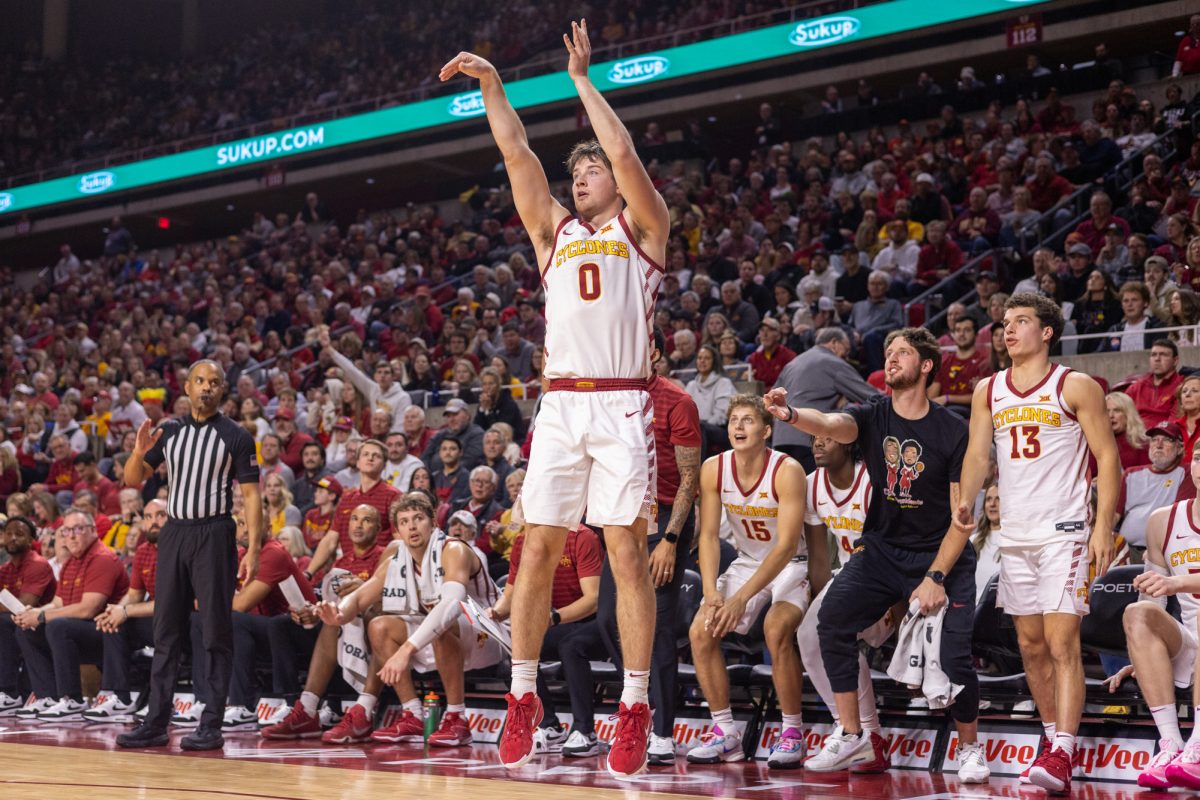COLUMN:Apple the real pioneer in computers
April 24, 2002
“Fifty years from now, history books are going to say Bill Gates built the computer. Apple will be forgotten.” – Steve Capps, original Macintosh team member turned Microsoft employee
So much for 50 years. Try 25. One college history book – “America: A Narrative History” by George Tindall and David Shi, used in half the sections of History 222 – describes part of the computer revolution like this:
One paragraph is split between the Altair 8800 and the introduction of Bill Gates. The next paragraph gives more detail about Gates, and ends with this: “By 1977, he and others had helped to transform the personal computer from a hobby machine to a mass consumer product.”
That sentence is interesting when you consider that the only thing Gates had done before 1977 was write BASIC for the Altair 8800 and other machines. In fact, the only thing the computer industry had done by 1977 was bring the technology down to hobbyists’ kits, the Altair and Apple-1 among them. In 1977, Microsoft made a deal with Apple to use BASIC in the new Apple II.
Oh yes, the Apple II. Anyone hear anything about it this month? If not, it is both sad and expected. In April 1977, at the first West Coast Computer Fair, the Apple II, the first mass-market, non-hobbyist microcomputer – and the first in a plastic case – was introduced. Now, to give credit where credit is due, there were many predecessors, and other similar personal computers were introduced that year. The Apple II, though, was the one that took off in home and education markets where kits had not made headway, and became the first truly personal computer.
But did anyone make any noise about this historic 25th anniversary? “But we just celebrated the 20th anniversary of the PC last year,” some might say. Right and wrong.
The “PC” is, in the strictest sense, a “personal computer.” Period. Those two letters, though, have been thoroughly corralled into only meaning “Microsoft.” Corruption of the term can be even worse than that; watch ads for the “Video Professor,” where he just uses the word “computer” when he should be saying “Windows,” and one can see how ignored Apple can be.
That “20th anniversary of the PC” in 2001 was NOT the introduction of the personal computer; August 12, 1981 was the introduction of the first personal computer from IBM. Even as the Apple II made headway elsewhere, many businesses waited off on computers because the industry stalwart, IBM, was not making any.
But IBM’s PC did two things that, admittedly, changed the industry. First, it legitimized the computer in the eyes of many. No one got fired for buying IBM, so if that company made a computer, it must be acceptable to have. Second, it ran an operating system presented to them by none other than Bill Gates, a tie that made Microsoft what it is today.
Presented, but not created, of course. In fact, when IBM made the deal, Microsoft had no operating system to give them. Soon after the deal, Microsoft bought the Quick and Dirty Operating System from someone else for $50,000 and called it MS-DOS.
The IBM PC changed one more thing: It set a path of Apple being ignored for innovation, a trend that continues strongly to this day. Never mind that in 1981 Apple already had a user base of a third of a million. Never mind that some had been using the first “killer app,” the electronic spreadsheet program VisiCalc, for two years. It’s IBM’s computer that gets the anniversary fanfare.
Throughout the years, Apple has been a pioneer in the industry, and its firsts are often unrecognized or someone else tries taking credit for it. Eventually, though, the computer industry always follows, even if it takes a while.
Some examples:
In 1987, IBM finally introduced a PC with a built-in drive for 3.5-inch floppy disks; Apple had been using them since 1984. All but one Apple machine at the time could use the 3.5-inch floppy, compared to the hordes of IBM clones still stuck with 5.25-inch disks.
Apple began equipping Macs with Ethernet in the early 1990s, and it was standard across the line by 1997; many buying PCs today still have to get an “Ethernet card.”
In 2000, Dell founder and CEO Michael Dell claimed his company’s laptops were the first to offer wireless Internet access built in. He was only off by a year; by the time his “first” wireless laptops shipped, both lines of Macintosh laptops were equipped with AirPort wireless Internet access, and it had been available in the iBook for 13 months.
Finally, although Apple may have been late with CD burners, it offered the first computer with a combination DVD-R/CD-RW drive, in January 2001.
Even if it goes unmentioned, this month marked the 25th anniversary of the personal computer. In the next 25, Apple will continue leading the way, and millions will acknowledge it, even if it’s by doing the same thing later.
Jeff Morrison is a sophomore in journalism and mass communication and political science from Traer.






